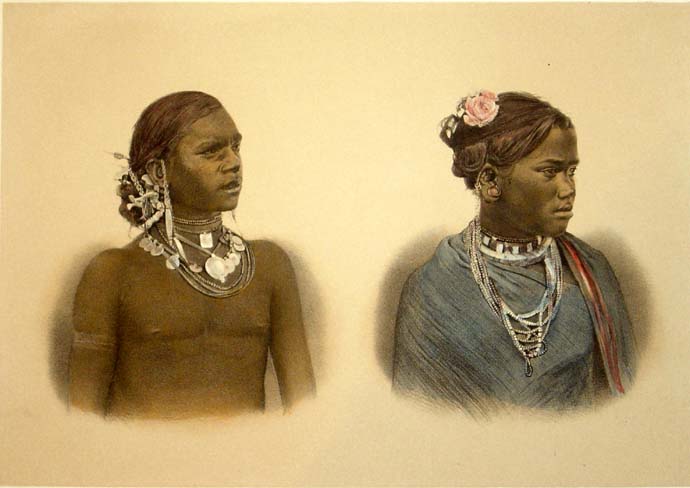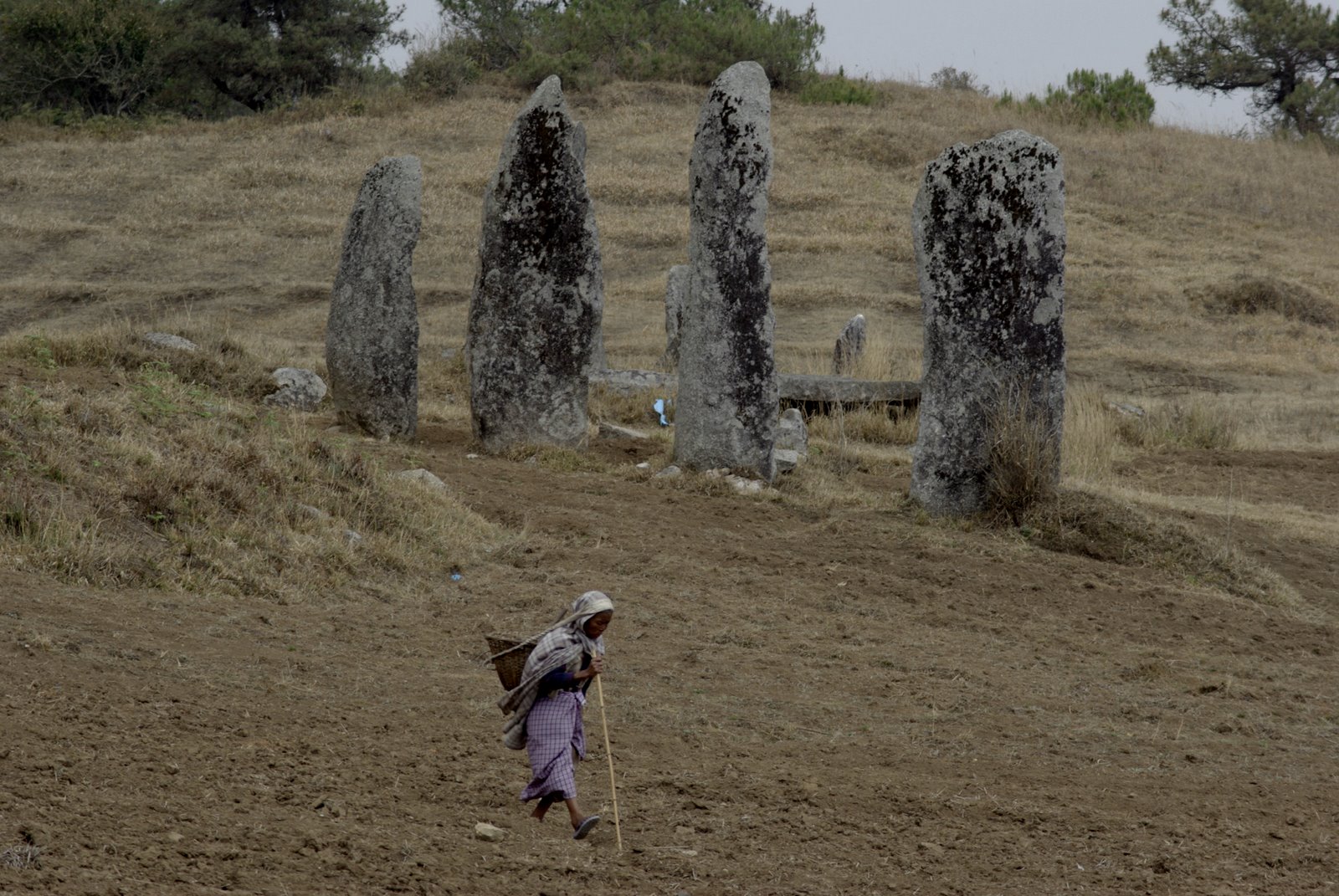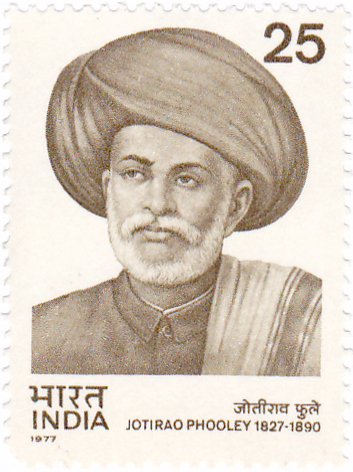|
Indigenous Peoples In Bangladesh
Ethnic minorities in Bangladesh or loosely termed minority people of Bangladesh are ethnic minorities in Chittagong Hill Tracts (southeastern), Sylhet Division (northeastern), Rajshahi Division (west), and Mymensingh Division (north-central) areas of the country. They are assumed as ethnic group and the tribal races, total population of ethnic minorities in Bangladesh was estimated to be over 2 million in 2010. They are diverse ethnic communities including Tibeto-Burman, Austric and Dravidian people. According to the Ethnologue, there are 36 ''indigenous'' living linguistic communities, which include 17 Sino-Tibetan, 10 Indo-European, 7 Austro-Asiatic and 2 Dravidian language-speaking groups. Quite a few of these groups, such as the Chakmas and Marmas (the largest and second largest respectively), live in before the British period from modern Burma. Most of these groups are often disadvantaged compared to ethnic Bengalis since Bangladesh was created as a Bengali nation-state. ... [...More Info...] [...Related Items...] OR: [Wikipedia] [Google] [Baidu] |
Chittagong Hill Tracts
The Chittagong Hill Tracts (), often shortened to simply the Hill Tracts and abbreviated to CHT, refers to the three hilly districts within the Chittagong Division in southeastern Bangladesh, bordering India and Myanmar (Burma) in the east: Khagrachhari District, Khagrachhari, Rangamati District, Rangamati, and Bandarban District, Bandarban. Covering , CHT is an extensively hilly area and home to a Tribal peoples of Chittagong Hill Tracts, variety of tribal peoples in Bangladesh. The CHT were divided by the British in the 19th century into Tribal monarchy in Chittagong Hill Tracts, three tribal chieftaincies, the Chakma Circle, the Mong Circle and the Bohmong Circle. They formed a single Districts of Bangladesh, district until 1984, when they were divided into three separate districts. Geography The Chittagong Hill Tracts (CHT) is a extensive hilly area in Bangladesh, lie in the southeastern part of the country (210 25' N to 230 45' N latitude and 910 54' E to 920 50' E longit ... [...More Info...] [...Related Items...] OR: [Wikipedia] [Google] [Baidu] |
Kurukh People
The Kurukh or Oraon, also spelt Uraon or Dhangad, ( Kurukh: ''Karḵẖ'' and ''Oṛāōn'') are a Dravidian speaking ethnolinguistic group inhabiting Chhotanagpur Plateau and adjoining areas - mainly the Indian states of Jharkhand, Odisha, Chhattisgarh, and West Bengal. They predominantly speak Kurukh as their native language, which belongs to the Dravidian language family. In Maharashtra, Oraon people are also known as Dhangad. Traditionally, Oraons depended on the forest and farms for their ritual practices and livelihoods, but in recent times, they have become mainly settled agriculturalists. Many Oraon migrated to tea gardens of Assam, West Bengal and Bangladesh as well as to countries like Fiji, Guyana, Trinidad and Tobago and Mauritius during British rule, where they were known as ''Hill Coolies''. They are listed as a Scheduled Tribe in seven Indian states for the purpose of reservation system. Etymology According to Edward Tuite Dalton, "Oraon" is an exonym assi ... [...More Info...] [...Related Items...] OR: [Wikipedia] [Google] [Baidu] |
Bagdi (caste)
The Bagdis are indigenous people, descended from people with Dravidian links, found in the Indian state of West Bengal and Bangladesh, who were associated with professions like cultivation and fishing.Roy, Milan. "SITUATING SOCIAL STRUCTURE OF BAGDI CASTE IN BENGAL." ''CASTE, GENDER AND MEDIA: SIGNIFICANT SOCIOLOGICAL TRENDS IN INDIA'': 102. They are related to the Duley caste. The Bagdis are populous in Bankura, Birbhum and other districts in the western fringe of West Bengal. The Bagdi along with the Duley represent the most numerous Scheduled castes of West Bengal. Bagdis claim themselves as 'Barga Kshatriya'. History J.N Bhattacharya described the Bagdis as an aboriginal tribe, who were fishermen, woodcutters, and litter carriers. The Bagdis were also known as the ''criminal tribe'' of Bengal under Criminal Tribes Act Since the 1870s, various pieces of colonialism, colonial legislation in India during British Raj, British rule were collectively called the Criminal T ... [...More Info...] [...Related Items...] OR: [Wikipedia] [Google] [Baidu] |
Khasi People
The Khasi people are an Austroasiatic languages, Austroasiatic Ethnicity, ethnic group of Meghalaya in north-eastern India with a significant population in the bordering state of Assam and in certain parts of Bangladesh. Khasi people form the majority of the population of the eastern part of Meghalaya, that is Khasi Hills, constituting 78.3% of the region's population, and is the state's largest community, with around 48% of the population of Meghalaya. They are among the few Austroasiatic languages, Austroasiatic-speaking peoples in South Asia. The Khasi tribe holds the distinction of being one of the few remaining tribes that have a matrilineal society. Under the Constitution of India, the Khasis have been granted the status of Scheduled Castes and Scheduled Tribes, Scheduled Tribe. Etymology History Khasi mythology Khasi mythology traces the tribe's original abode to ("The Seven Huts"). According to the Khasi mythology, (God, the Lord Master) had originally distribute ... [...More Info...] [...Related Items...] OR: [Wikipedia] [Google] [Baidu] |
Bawm People
The Bom, Bawm or Bawmzo (), are an ethnic community inhabiting the Chittagong Hill Tracts of Bangladesh. According to the 2022 Bangladeshi census the population of Bawms in Bangladesh is 13,193. In 2004, around 10,000 Bawm inhabited India. 2,500 Bawms reside in Myanmar.Kim, Roy & Sangma. 2011. ''The Kuki-Chin Communities of Bangladesh: A sociolinguistic survey''. SIL International. They speak the Sino-Tibetan Bawm language. The Bawm are victims in the Chittagong Hill Tracts conflict, especially in the continuation of it. Bawms are targeted by the Bangladesh Army as well as by the Arakan Army,According to the prayer list of AKREF, a working group of the German Evangelical Alliance, from May 16th, 2024archived. History The origin of Bawm is traced to the founding of a village called Tiphul in Chin State Bawm people were among the earlier settlers in the Lushai Hills, along with Tlanglau, Khiang and Chawrai. These groups of people entered Lushai Hills through an area south ... [...More Info...] [...Related Items...] OR: [Wikipedia] [Google] [Baidu] |
Koch People
The Koch are a small trans-border ethnic group of Assam and Meghalaya in India and northern Bangladesh. The group consists of nine matrilineal and strictly exogamous clans, with some of them preserving a hitherto sparsely documented Boro-Garo language called Koch, whereas others have switched to local varieties of Indo-Aryan languages. It is a Scheduled Tribe in Meghalaya, India. Koches want to preserve language and culture and heritage. The Koch people in this group are those who have preserved their languages, their animistic religions and follow non-Hindu customs and traditions. They are related but distinguished from the empire building Koch (the Rajbongshi people) and the Hindu caste called Koch in Upper Assam which receives converts from different tribes. Etymology of ''Koch'' According to Tabaqat-i-Nasiri, western Kamrud (Kamrup) was inhabited by the ''Koch'', '' Mech'' & '' Tharu''. In Yogini Tantra, Koches were called as Kuvachas. According to the Fatiyah-i-I ... [...More Info...] [...Related Items...] OR: [Wikipedia] [Google] [Baidu] |
Mali Caste
The Mali are an occupational caste found among the Hindus who traditionally worked as gardeners and florists. They also call themselves Phul Mali due to their occupation of growing flowers. The Mali are found throughout North India, East India as well as the Terai region of Nepal and Maharashtra. Iravati Karve, an anthropologist, showed how the Maratha caste was generated from Kunbis who simply started calling themselves "Maratha". She states that Maratha, Kunbi and Mali are the three main farming communities of Maharashtra – the difference being that the Marathas and Kunbis were "dry farmers" whereas the Mali farmed throughout the year. Mali of Northern india In Rajasthan, caste based outfits of Mali caste, like 'Mahatama Phule Brigade', which caters to various needs of community associates them with Kushwaha caste. It is consented that Maurya, Kushwaha, Shakya, Saini are the different terms used to describe same community in various parts of North India. Malis of Rajasthan ... [...More Info...] [...Related Items...] OR: [Wikipedia] [Google] [Baidu] |
Kudmi Mahato
The Kudmi Mahato are a tribal community in the states of Jharkhand, West Bengal and Odisha of India. They are primarily agriculturalist. Classification Kudmi were classified as a Notified Tribe by the British Raj under the terms of the Indian Succession Act introduced in 1865 as they have customary rules of succession. Kudmi of Chotanagpur are different from Kurmi of Gangetic plain. According to Mahanta (2003) kudmi follow totemism which stamps them as Dravidian descent and resembles to Dravidian tribe around them according to book '' The Tribes and Castes of Bengal'' (1891) written by Herbert Hope Risley. Subsequently, in 1913, they were classified as a Primitive tribe. Then they were omitted from the list of communities listed as tribes in the 1931 census. They were not in the list of Scheduled Tribes drawn up in 1950. They are included in the list of Other Backward Classes in the States of Jharkhand, West Bengal and Odisha. In 2004, the Government of Jharkhand recommended ... [...More Info...] [...Related Items...] OR: [Wikipedia] [Google] [Baidu] |
Monipuri People
The Meitei people, also known as Meetei people,P.20: "historically, academically and conventionally Manipuri prominently refers to the Meetei people."P.24: "For the Meeteis, Manipuris comprise Meeteis, Lois, Kukis, Nagas and Pangal." are a Tibeto-Burman ethnic group native to the Indian State of Manipur. They form the largest and dominant ethnic group of Manipur in Northeast India. They speak the Meitei language (officially called Manipuri language, Manipuri), one of the 22 official languages of the Indian Republic, 22 official languages of the Republic of India and the sole official language of Government of Manipur. The Meiteis primarily settled in the Imphal Valley region in modern-day Manipur, though a sizeable population has settled in the other Indian states of Meitei people in Assam, Assam, Meitei people in Tripura, Tripura, Nagaland, Meghalaya, and Mizoram. There is also a notable presence of Meiteis in the neighbouring countries of Meitei people in Myanmar, Myanmar a ... [...More Info...] [...Related Items...] OR: [Wikipedia] [Google] [Baidu] |
Barman Kacharis
The Barman Kacharis are an indigenous community of Northeast India found in Brahmaputra Valley. They are mainly found in the districts of Lower Assam. Barman Kacharis speak an endangered language called as Barman Thar. Since the 2002 Amendment act, many Barman Kacharis in Assam are referred to as 'Barman'. They are sparsely found in Brahmaputra valley. Not to be confused with the Dimasa people of Cachar who converted to Hinduism, known as "Barmans of Cachar" in Government caste certificate. The Barman Kacharis are a completely different group from Dimasa Barmans. History Barmans are called Kacharis because of their Kachari origin. They are spread diffusely in Assam. Linguistics The language that is associated with the Barman Kacharis is the Barman language, or Barman Thar (IPA: /bɔɾmɔn thaɾ/), where “thar” means language. It is a highly endangered language. It is a Tibeto-Burman language that belongs to the Bodo-Garo sub-group. Though the population of the Ba ... [...More Info...] [...Related Items...] OR: [Wikipedia] [Google] [Baidu] |
Tanchangya People
The Tanchangya people , Tonchonga, Tanchangyas or Tonchongyas () are an Chinwin valley origin ethnic group living in the Chittagong Hill Tracts (CHT) of Bangladesh, Indian states of Tripura and Mizoram, and Rakhine state of Myanmar. According to the 2022 census, there are 45,972 Tanchangyas in Bangladesh. Origin No history of Tanchangya has been published on the origin, development, and present of Tanchangyas. Only a brief history of the Tanchangyas is found in the history of the Chakma nation. The Tanchangyas have been identified as a branch of the Chakma nation based on speculative information. The Chakmas also recognize the Tanchangyas as a branch of the Chakmas. Even Chakma claim Tanchangya as original Chakma. Surprisingly, there is no similarity between the Gocha group of the Chakmas and the names of the twelve Gocha groups of the Tanchangyas. Historians of the Chakma Nation do not even mention the name of the Gosa group or social rituals of the Tanchangyas in thei ... [...More Info...] [...Related Items...] OR: [Wikipedia] [Google] [Baidu] |





